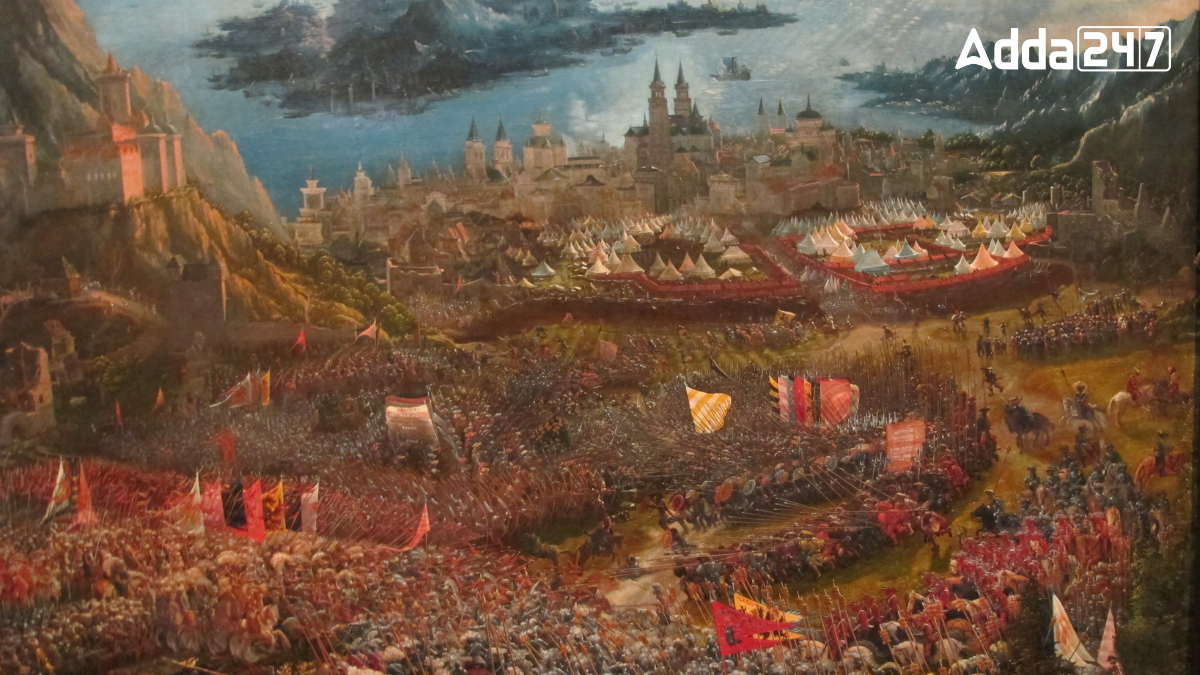Uttar Pradesh, the fourth largest state in India, spans an area of 240,928 square kilometers, comprising 7.33% of the country’s total landmass. Known for its rich culture, unique traditions, and significant history, Uttar Pradesh is a prominent state agriculturally, politically, economically, and socially. With 75 districts, it holds the title of the state with the most districts in India. Among these districts, Fatehpur stands out, known famously as the “Battlefield City.”
An Overview of Uttar Pradesh
Uttar Pradesh is divided into 18 divisions, encompassing 75 districts, 822 community development blocks, 351 tehsils, and 17 municipal corporations. The state’s geographical extremes are marked by Ballia in the east, Saharanpur in the north, Shamli in the west, and Sonbhadra in the south. Lakhimpur Kheri is the largest district, covering 7,680 square kilometers, while Hapur is the smallest, at 660 square kilometers.
Which District of Uttar Pradesh is Known as “Battlefield City”?
Fatehpur district, known as the Battlefield City, holds a distinguished place in India’s struggle for independence. It played a crucial role during the First War of Independence in 1857 and the Quit India Movement of 1942. The district witnessed significant revolutionary activities, particularly from freedom fighters of Purvanchal, Banda, and Hamirpur, who turned Fatehpur into a battleground against British rule.
Why is Fatehpur Known as the “Battlefield City”?
The term “Battlefield City” is attributed to Fatehpur due to its pivotal role during India’s fight for freedom. The district was a hotbed of revolutionary fervor during the First War of Independence in 1857. Again, during the Quit India Movement in 1942, revolutionaries from eastern Uttar Pradesh, including Banda and Hamirpur, joined forces in Fatehpur to intensify the struggle.
Notable Revolutionary Activities
Fatehpur’s importance is further highlighted by the contributions of prominent revolutionaries like Colonel Bhagwan Singh and Chitu. These freedom fighters galvanized the movement in Fatehpur, leading to intense confrontations with the British. The district is also infamous for the tragic event where 52 freedom fighters were hanged from a banyan tree by the British, leading to the site being named “52 Imli.”
Cultural Heritage and Legacy of Fatehpur
The legacy of Fatehpur as a Battlefield City continues to be a source of pride and historical significance. It is a testament to the bravery and sacrifices of the freedom fighters who played a crucial role in India’s independence. The district’s rich cultural heritage is intertwined with its revolutionary past, making it a significant landmark in Uttar Pradesh.




